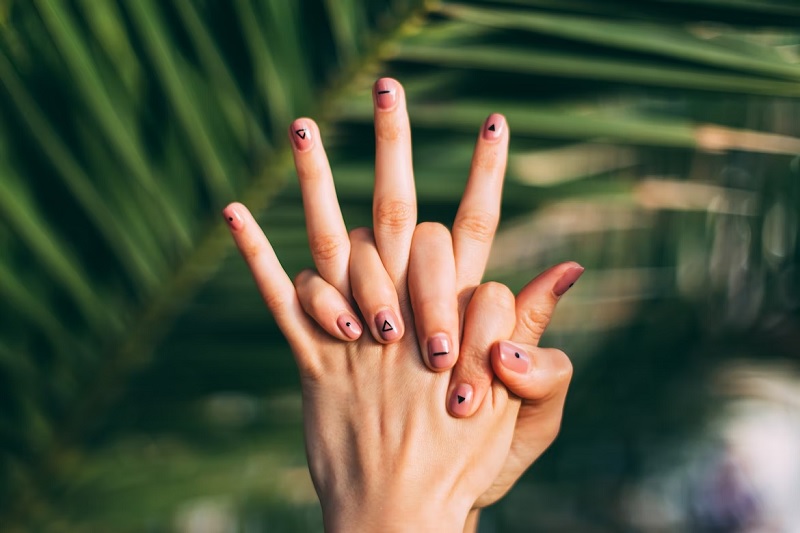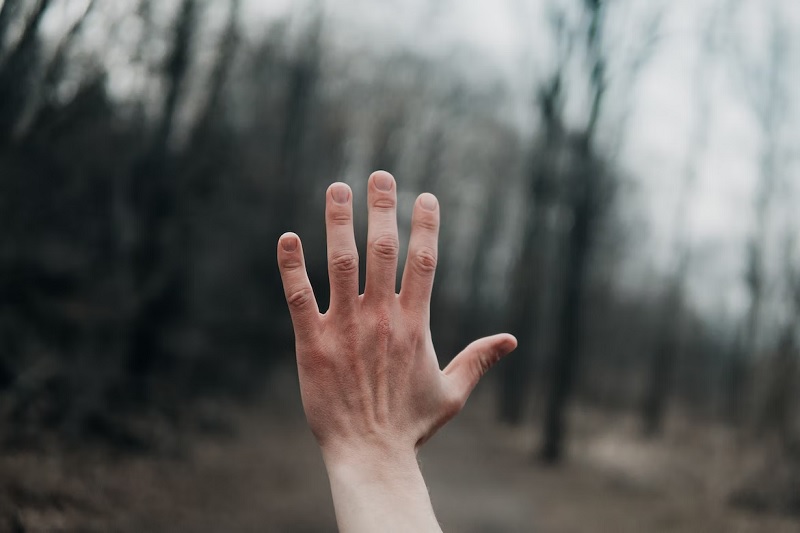Do you get white spots on your fingers when you get cold? Then you may be suffering from Raynaud’s phenomenon. The condition is not dangerous, but it can be uncomfortable and painful, especially when the affected parts of the body heat up again and become red and swollen.
Quick facts about Raynaud’s phenomenon
| Symptom | The symptoms of Raynaud’s phenomenon are white, numb patches on fingers – and sometimes toes, tip of the nose and tip of the tongue – when cold. |
| How common is it? | No one knows for sure, but it is estimated that about 20% of women and 2% of men in Sweden are affected. |
| Cause | Heredity is one of the factors that determines who gets it, but the condition can also occur as a result of frostbite, certain diseases and some types of medication, among other things. |
| Treatment | There is no cure for Raynaud’s phenomenon, but you can do a lot to prevent and relieve the symptoms. |
Lack of information about Raynaud’s phenomenon on 1177
Many Swedes have become accustomed to turning to the 1177 website if they have questions about illnesses and symptoms. However, anyone looking for information on Raynaud’s phenomenon there will have to look between the lines. In fact, 1177.se does not currently have an article on this condition. It is only mentioned in passing in an article on the rheumatic disease SLE. Nevertheless, Raynaud’s phenomenon is a condition that affects about one-fifth of all women in Sweden, and two percent of all men. Are you one of them? Read on to learn more.
What is Raynaud’s phenomenon?
Raynaud’s phenomenon is characterised by your fingers turning white and going numb when exposed to cold. It doesn’t have to be extremely cold, but it can be as simple as going outside for a while without gloves on a chilly spring or autumn day. Your feet can also be affected, and in rare cases, the tip of your nose and tongue.
Some other factors, in addition to cold, that can also trigger the symptoms:
- Stress
- Coffee (caffeine is the culprit here)
- Smoking (nicotine)
- Dryer
What causes Raynaud’s phenomenon?
The white patches are caused by the blood vessels in the affected parts of the body contracting so that blood cannot flow freely. There are two variants of the condition, and the underlying causes differ between the two. The primary variant is the most common and is usually detected between the ages of 15 and 30. It is hereditary and usually causes fairly mild symptoms. The secondary variant, which causes more severe symptoms, usually appears in the 40s or later. It is usually caused by another underlying disease, such as rheumatism or hypothyroidism (lack of thyroid hormone).

Beta-blockers and ADHD medications can cause Raynaud’s phenomenon
Some medications, such as beta-blockers in tablet form or some of the most common ADHD medications, can also cause you to develop Raynaud’s phenomenon. A further risk factor is if you have worked with vibration and impact tools or if you have ever suffered frostbite.
What can I do if I am affected?
There is currently no drug that can cure Raynaud’s phenomenon. However, there is a lot you can do yourself to relieve the symptoms. However, if you have recently discovered that you have the condition, especially if you are 40 or older, you should start by seeking medical attention to rule out underlying diseases and get help reviewing any medications you may be taking.
Are there no underlying diseases and no medications to consider? In this case, your best option is simply to avoid, as far as possible, exposing yourself to things that can trigger symptoms. Protect yourself from the cold, try not to stress and abstain from or cut down on coffee and tobacco, and you’ll be well on your way.
Some concrete tips on how to alleviate the symptoms:
- Make sure you dress warmly when you go out. Get warm mittens, socks (preferably wool) and shoes.
- Get heating pads to keep in your pocket or handbag so that you always have them with you and can use them as backup heat if needed.
- When you come back inside after being out: make a large cup of (decaffeinated) tea and hold the cup with both hands while you slowly sip the hot drink.
- Drink less coffee.
- Stop smoking.
- Practice mindfulness to reduce your stress levels.
- Make sure you get regular exercise as movement improves blood circulation.

